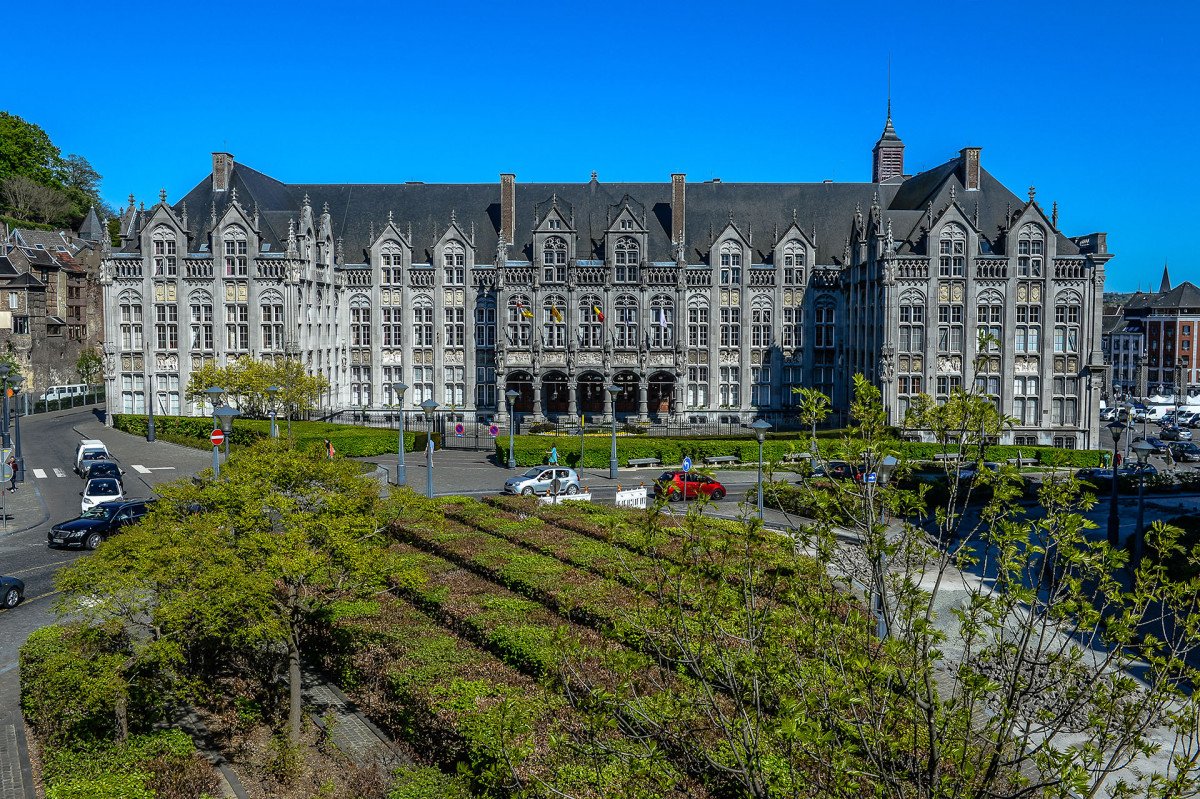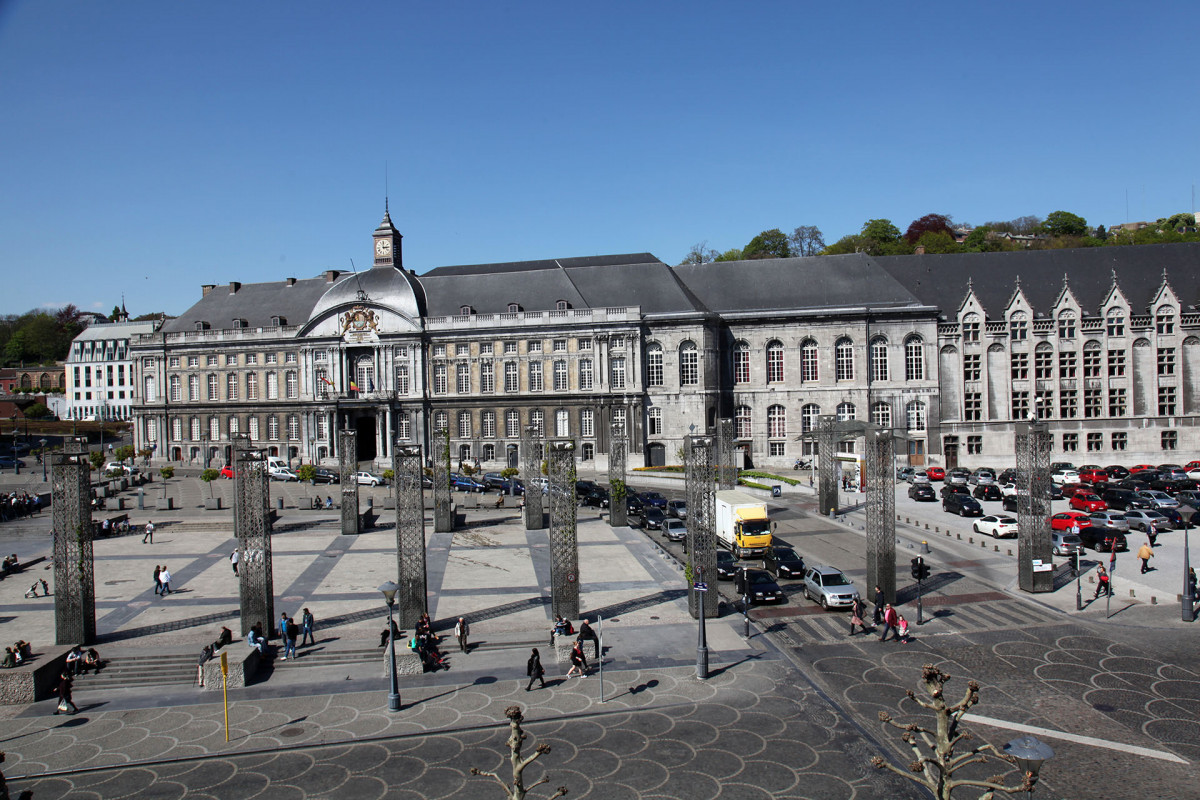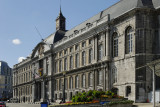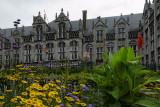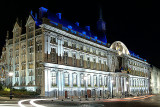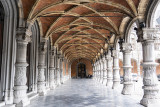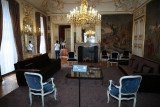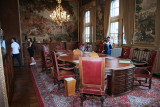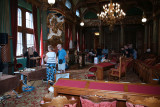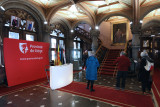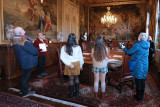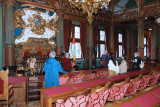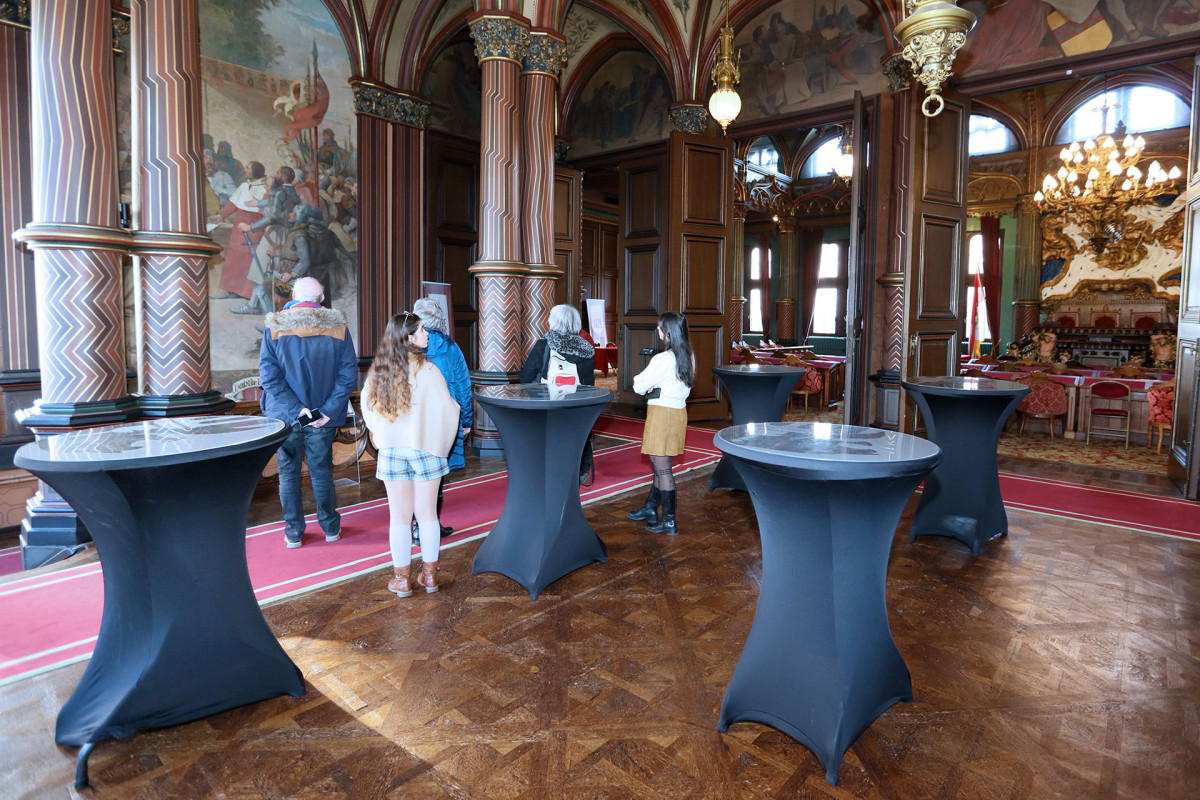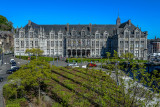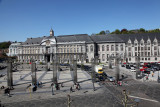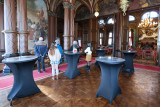Palace of the Prince-Bishops
Explore the wing of the provincial palace, with its 18th- and 19th-century decor and salons
The Palace of the Prince-Bishops is located in Place Saint-Lambert in the heart of Liège. Its history has spanned eras, making it without question one of the city’s most iconic buildings.
Two buildings preceded the current palace. The first was built under the episcopate Notger, and was incorporated into the fortifications of the first enclosure in the city of Liège. It was destroyed in a fire in 1185. The second building met the same fate in 1505. Erard de la Marck is responsible for much of the opulence and originality of the current palace.
Did you know that this exceptional location, which is also known as the Episcopal Palace of Liège, is currently home to the provincial government and the Palace of Justice? Its visually striking historical decor notwithstanding, this venue continues to fulfil two particularly important functions today in terms of society in the Province of Liège.
Groups of up to 25 people can discover the provincial wing of the Palace, its sprawling courtyard, its corridors, staircases and even the rooms, including the stunning room that serves as the setting for the provincial council, through stories and anecdotes from your guide.
A unique opportunity to discover this gem of Liège’s provincial heritage.
The Palace of the Prince-Bishops is located in Place Saint-Lambert in the heart of Liège. Its history has spanned eras, making it without question one of the city’s most iconic buildings.
Two buildings preceded the current palace. The first was built under the episcopate Notger, and was incorporated into the fortifications of the first enclosure in the city of Liège. It was destroyed in a fire in 1185. The second building met the same fate in 1505. Erard de la Marck is responsible for much of the opulence and originality of the current palace.
Did you know that this exceptional location, which is also known as the Episcopal Palace of Liège, is currently home to the provincial government and the Palace of Justice? Its visually striking historical decor notwithstanding, this venue continues to fulfil two particularly important functions today in terms of society in the Province of Liège.
Groups of up to 25 people can discover the provincial wing of the Palace, its sprawling courtyard, its corridors, staircases and even the rooms, including the stunning room that serves as the setting for the provincial council, through stories and anecdotes from your guide.
A unique opportunity to discover this gem of Liège’s provincial heritage.

